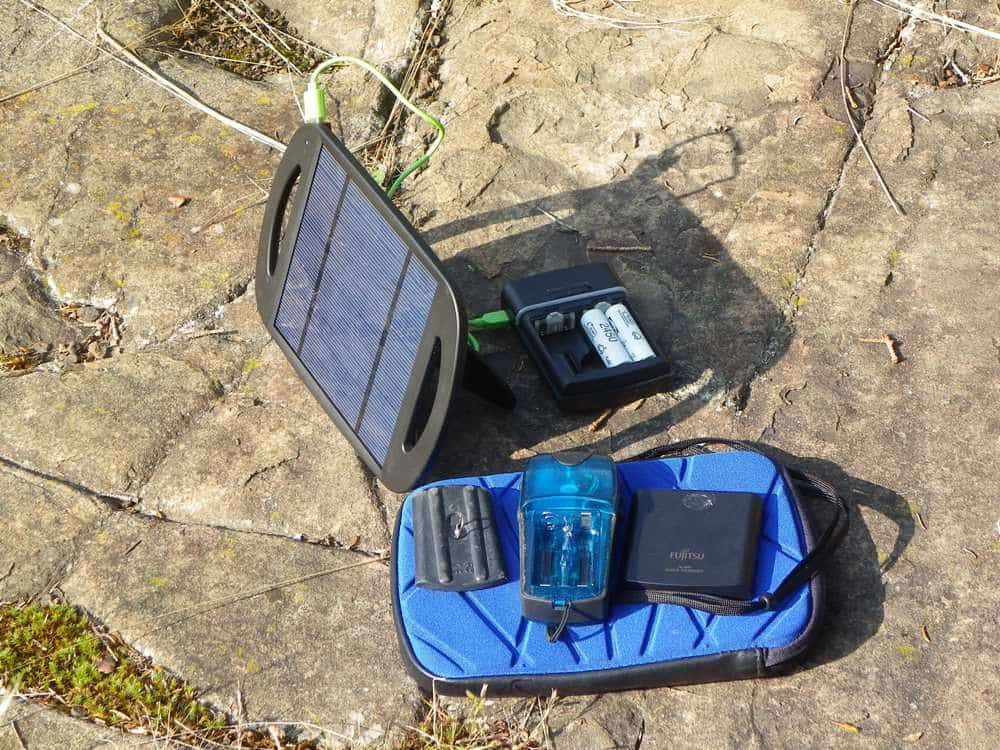I usually build up my bikes from parts. I have only bought one complete bike in the past several decades. My first two touring bikes, no dynohub because I built those before USB charging became a thing. Built up my third touring bike in 2013 and by then was charging stuff with USB, I added the dynohub because the cost was only adding the hub cost and subtracting the cost of a plain non-dyno hub. Thus, the dynohub wheel was quite cheap. The fourth touring bike I built up in 2017, same thing, bought the dynohub and built up the wheel with it. Unfortunately (in my opinion, others may disagree), bike builders are trying to sell to the mass market and if most buyers do not see the advantage of a dynohub, the bike manufacturers are not going to put new dynohubs on new bikes. And, a dynohub means more labor cost to add wiring and light(s) when they build up a new bike. Thus, for most people that have to add a wheel, a dynohub is quite expensive because they already own a perfectly good wheel that would become redundant.
I bought the dynohub solely for battery charging, not for lighting. My most recent bike tour, five weeks in the Canadian Maritimes, I used two AAA powered taillights, used NiMH batteries in the taillights and for the headlamp for my head for campsite use, charged them from the pass through power bank. I brought a bike headlight just in case I wanted to go somewhere at night or through a tunnel, but never used it. The bike headlight was a $5 one I bought on Ebay, shipped from asia, powered by USB cable with no batteries. Thus, would plug it into the power bank if I needed light.
I mostly charge things while rolling, power from hub goes to Sinewave Revolution charger, that USB power goes to the Voltaic V44 pass through cache battery, and while rolling I suspect (but do not know for certain) that I have less power loss if I am charging the pass through battery while simultaneously discharging the pass through battery to add power to my GPS batteries or my phone battery. But camera batteries and taillight batteries, I charge up in the campsite at night.
There were not many places to plug in for charging up the batteries where I took the photo. The photo was not my Maritimes trip, photo below is from my Iceland trip when I went into the interior.

In 2017 I carried a small solar panel on a kayaking trip where I had no power source for 16 days. At the end of the trip I decided that the weight of the panel and AA/AAA charger was the same weight as the batteries I could have carried if I brought more batteries instead. Panel would only charge two AA batteries at a time, not big enough to put four AA batteries into the charger. I do not know if I will ever bother with a solar panel again, likely to just carry more batteries.

I am using the low discharge Ikea Ladda (white) AA and AAA Ni MH batteries in the charger above. At less than $2 per battery, they are a bargain and perform as good as some of my older Eneloops.
https://www.ikea.com/us/en/p/ladda-r...tery-90303880/
https://www.ikea.com/us/en/p/ladda-r...tery-70303876/
Photo below was from my last bike tour without a dynohub in 2014, there was an empty electric campsite near the hiker biker site where I was camped, thus I was charging up stuff in the empty site, which was a major hassle. I was charging AA batteries, a camera battery and a cord to my tablet that was outside of the photo area. Fortunately I had brought one of those three into one outlet adapters. That trip I was kicking myself for bringing my 700c touring bike that did not have a dynohub when I had a dynohub on the 26 inch touring bike that I left at home.